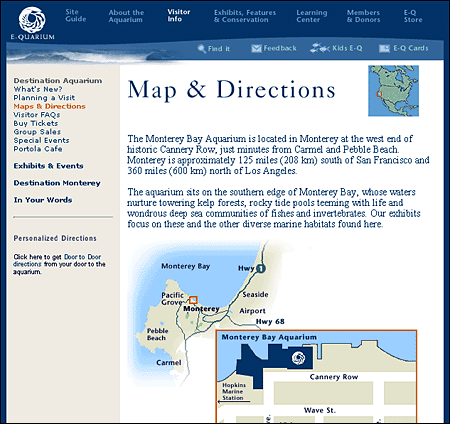The Web is a bidirectional medium — people expect to be able to send you comments, questions, and suggestions. Always provide at least one link to an email address in a prominent location in your site. You can request user information and feedback using Web page forms and then use a database to store and analyze their input.
The logistical and support staff implications of creating a popular Web site are often overlooked until a crisis develops. Rolling out a new, heavily trafficked Web site is like suddenly adding a second front door to your enterprise. Who will greet the people who come flooding in? Who will answer their questions about your organization and its products and services? Who will collect and analyze the information you receive from your readers? Before you add this functionality to your Web pages, be sure you have an infrastructure in place to handle the fruits of your success.
It is amazing how often site developers forget that not all communication with the organization goes through the Web site. Even if you have a great Web site, people will still want to call you, send you mail and express packages, and fax you documents. Your home page should include the same contact information you provide on your stationery, marketing materials, and business cards. If your home page design doesn't allow adequate space for this information, at least provide a link to another page with contact information.
Your Web site is an ideal place to make travel information available to clients, visitors, vendors — anyone who needs to find your organization. Graphic maps, text-based directions, local hotel information, and even internal floor plans can ensure that your visitors will be able to reach you easily and efficiently.
